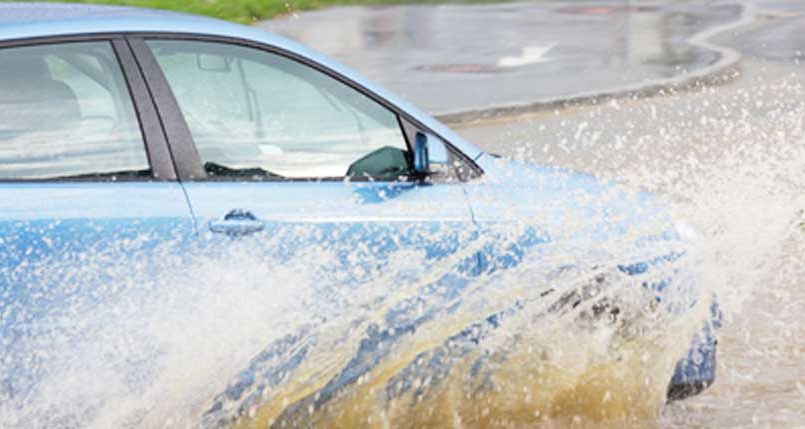- Take your foot off the accelerator immediately after hydroplaning
- Gently turn the steering wheel of your car in the hydroplaning direction.
- Wait until you can feel the tyres reconnect with the surface of the road.
- Calm down and take a deep breath after you recover from a terrifying hydroplaning before you continue your journey.
Buy Policy: 1800-209-0144| Service: 1800-209-5858
 Service Chat: +91 75072 45858
Service Chat: +91 75072 45858

How to Avoid Skidding and Hydroplaning this Monsoon?
There is nothing scarier for drivers than losing control of their vehicle. It not only strips their ability to steer the wheel but also brings in the feeling of helplessness even for the experienced drivers. Losing control might have many reasons. One of the most prominent reasons is hydroplaning or aquaplaning.
As the monsoon season has started, the risk of accidents has increased exponentially, here is an article giving insights about hydroplaning and tips to avoid it.
What is Hydroplaning?
Hydroplaning refers to skidding or slipping of car tyres across a wet surface. It occurs when a tyre encounters more water than it can scatter. This happens due to the water pressure which pushes the water from the front of the wheel to under it. The tyre is then separated from the road surface by a thin film of water thus losing traction. This results in loss of steering, braking and power control.
When does Hydroplaning Occur?
Hydroplaning can occur on any wet surface although the first 10 minutes of a light rain can be the most dangerous. When the rain mixes with oil residue on the road, slippery conditions are created which causes the vehicles, especially the ones travelling at higher speeds to hydroplane.
The risk of an accident increases in poor weather conditions like fog, rain, ice and snow. However, it is not necessary that hydroplaning occurs only in such conditions. Generally, it is the slick conditions that the drivers aren’t prepared for.
Tips for Preventing Hydroplaning
1.Avoid Puddles and Standing Water
Hydroplaning is highly probable in standing water as it only takes a small film of water to cause it. Hence, it is advisable to avoid them.
2.Choose High Quality Tyres Designed To Prevent Hydroplaning
Replace your tyres regularly .Driving on wet roads with bald tyres can be detrimental. This is particularly important for people living in areas of frequent rainfall.It is advisable to have your vehicle’s tyres rotated and balanced every time you get the oil changed, approximately every 11,000 km.
3.Control Your Speed
You should reduce the speed of your car as soon as the first drops of rain hit your windshield. Safety experts have mentioned that hydroplaning normally occurs if the speed is greater than 57 kilometer per hour. It is advisable to drive 10 to 15 kilometers slower than the specified speed limit in monsoon. Also sudden accelerations of speed should be avoided.
4.Don’t Cruise in Rain
Never use the cruise function of your car when driving on wet roads. If you begin to hydroplane with cruise function on, it will take time to disable the function before you regain the control over your car.
How to Recover From Hydroplaning?

